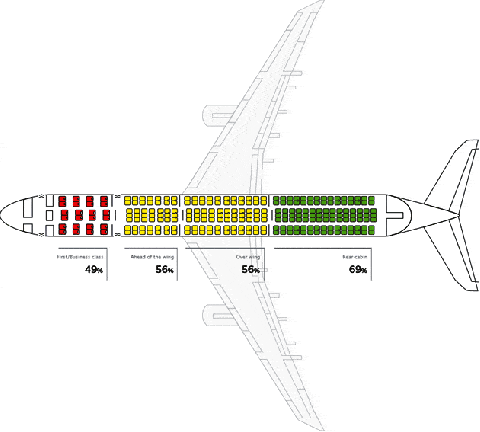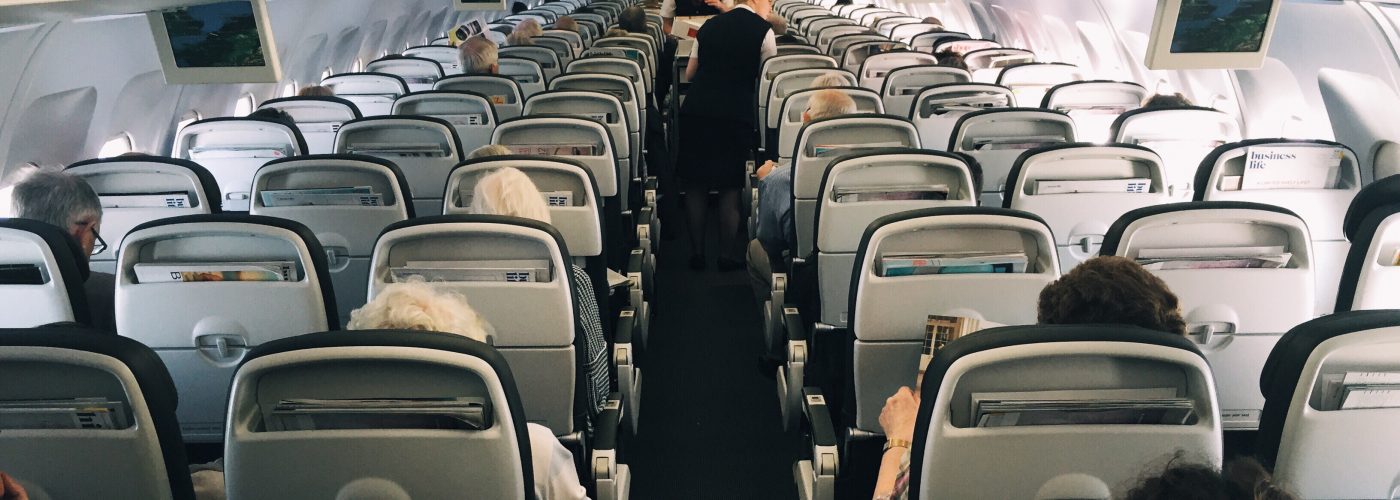If you’re a nervous flyer, you wondered if there is a aspect of the airplane cabin. It’s a somewhat absurd question–especially since your chances of being killed in a plane crash are dramatically lower than in an auto accident (just one in 96,566 vs. one in 112). But the question has been answered with multiple crash info reports–and there is one standout that was constant. Here’s where anxious flyers ought to choose to sit.
The Safest Part of the Plane
The most up-to-date crash data available on seat security shows that in the most secure seat on the airplane is usually in the rear section. The Aviation Safety Network examined 65 jetliner accidents that had at least one survivor, also decided (depending upon the locations of fatalities) exactly what the safest aspect of the plane was for each crash.
From the 65 deadly accidents, there were 36 where the rear was one of the aircraft’s places. The middle and front were deemed one of the most secure in 21 and 30 instancescreating the part of the airplane a standout.
“However, there are mishaps that have two safest places: for example, if most people in front and back survived,” Aviation Safety Network CEO Harro Ranter explained me. Another portion of the airplane was likewise deemed as safe.
Other independent reviews of crash data have come to similar conclusions concerning the aspect of the airplane. In 2007, Popular Mechanics revealed that the survival rate in the section was 69 percent than the center sections, and than the front, also reviewed crash deaths by seat segment dating back to 1971. “Rear passengers clearly fared much better,” the report says. “Only five mishaps favored those sitting ahead.”

Still not convinced that there is a part of the plane? Time individually reviewed crash data from the FAA in 2015, and found similar outcomes: survival rates of 68 percent in the trunk, 61 percent at the center sections, and 62 percent at the front. But it is worth noting that Time just reviewed 17 crashes–a less than ideal sample size–dating back to 1985.
that each one these studies came to similar conclusions suggests that the findings might be reliable, although just a portion of fatal-crash data includes charts that could be examined. Additionally, it is worth noting that collision data doesn’t include things like suicide-related or terror events–such amounts are a look at purely accidental accidents, which can be somewhat more common.
There were 273 jetliner crashes. Crash prices are at an all-time reduced: In 2016, there were 325 crash deaths worldwide. For the past seven years, there have been no crash deaths on U.S.-certificated scheduled airlines. There can be reason to believe that where you’re sitting at case of crash does matter although it’s clear your chances of being in a crash are slimmer than ever.
Next time you’re choosing seats on a trip that is packed, keep in mind that those chairs in the back of the cottage might not be so bad after all.
